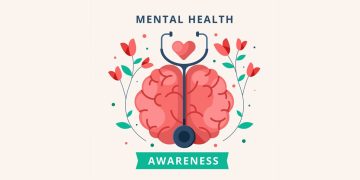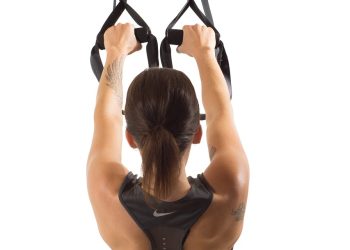Optimizing Muscle Recovery: 10 Effective Strategies for Faster Healing and Performance Gains
As an athlete or fitness enthusiast, optimizing muscle recovery is key to achieving maximum performance gains and preventing injuries. The process of muscle recovery involves repairing damaged muscle fibers and replenishing energy stores after intense physical activity. By following these 10 effective strategies, you can accelerate the healing process and enhance your overall athletic performance.
1. Proper Nutrition
Proper nutrition plays a crucial role in muscle recovery. Consuming a balanced diet that includes adequate protein, carbohydrates, and healthy fats can help support muscle repair and growth. Protein is particularly important for muscle recovery, as it provides the building blocks necessary for repairing damaged muscle fibers. Include sources of lean protein such as chicken, fish, and tofu in your diet to promote muscle recovery.
2. Hydration
Staying hydrated is essential for optimal muscle recovery. Dehydration can hinder the body’s ability to repair muscle tissue and can lead to decreased performance. Drink plenty of water throughout the day, especially before and after exercise, to ensure that your muscles have an adequate supply of fluids to aid in the recovery process.
3. Rest and Sleep
Rest and sleep are critical components of muscle recovery. During rest periods, your body can repair damaged muscle tissues and replenish energy stores. Aim to get 7-9 hours of quality sleep each night to support muscle recovery and overall performance.
4. Active Recovery
Incorporating active recovery techniques such as light stretching, foam rolling, and gentle yoga can help promote blood flow to the muscles and reduce muscle soreness. Active recovery can also help improve flexibility and range of motion, which can enhance performance and prevent injuries.
5. Cold Therapy
Cold therapy, such as ice baths or cryotherapy, can help reduce inflammation and muscle soreness after intense exercise. The cold temperature constricts blood vessels and reduces blood flow to the muscles, which can help speed up the recovery process. Consider incorporating cold therapy into your post-workout routine to help optimize muscle recovery.
6. Compression Garments
Compression garments, such as compression socks or sleeves, can help improve blood flow and reduce muscle soreness during and after exercise. By applying gentle pressure to the muscles, compression garments can help enhance recovery and performance. Wear compression garments during and after workouts to support muscle recovery.
7. Massage Therapy
Massage therapy can help relieve muscle tension, improve circulation, and reduce muscle soreness. Regular massages can help promote muscle recovery and prevent injuries by targeting areas of tightness and tension. Consider incorporating massage therapy into your recovery routine to support optimal muscle healing.
8. Cross-Training
Participating in cross-training activities, such as swimming, cycling, or yoga, can help prevent overuse injuries and provide a break from repetitive movements. Cross-training can help maintain overall fitness levels while giving your muscles a chance to recover from intense workouts. Incorporate cross-training into your exercise routine to support muscle recovery and performance gains.
9. Proper Warm-Up and Cool Down
A proper warm-up and cool down can help prepare your muscles for exercise and promote recovery afterward. Before starting a workout, perform dynamic stretches and exercises to increase blood flow to the muscles and improve flexibility. After a workout, cool down with static stretches to reduce muscle soreness and promote recovery.
10. Listen to Your Body
Above all, listen to your body and pay attention to any signs of fatigue or overtraining. If you are experiencing persistent muscle soreness, decreased performance, or chronic fatigue, it may be a sign that you need to give your body more time to recover. Rest and recovery are essential components of a successful training program and can help prevent injuries and improve overall performance.
In Conclusion
Optimizing muscle recovery is essential for achieving maximum performance gains and preventing injuries. By following these 10 effective strategies, you can accelerate the healing process and enhance your overall athletic performance. Remember to prioritize proper nutrition, hydration, rest, and sleep, and incorporate techniques such as active recovery, cold therapy, and compression garments into your routine. By listening to your body and giving it the care and attention it needs, you can optimize muscle recovery and take your athletic performance to the next level.












































